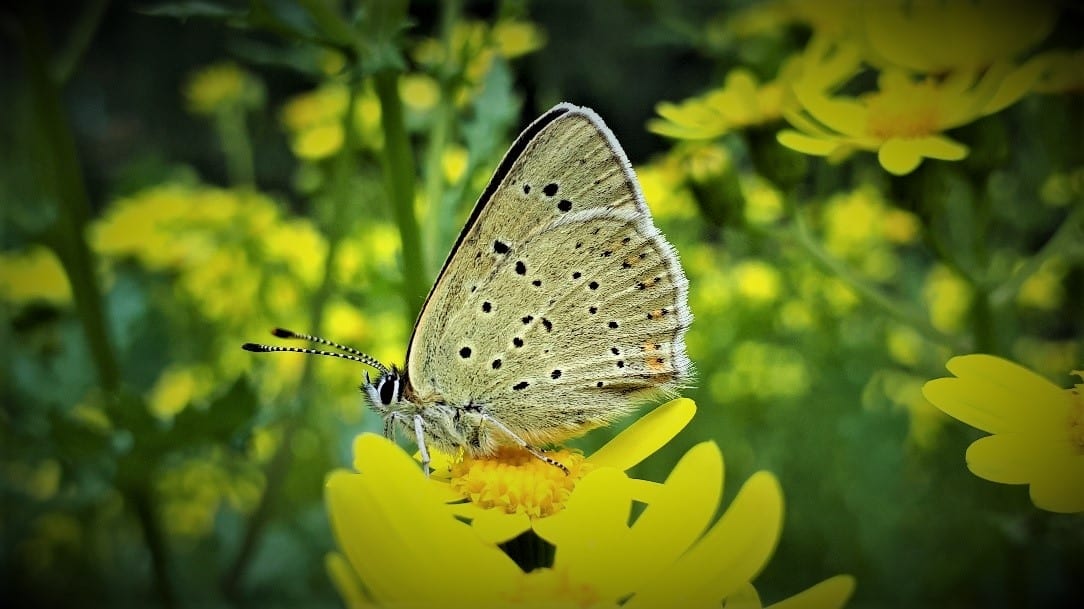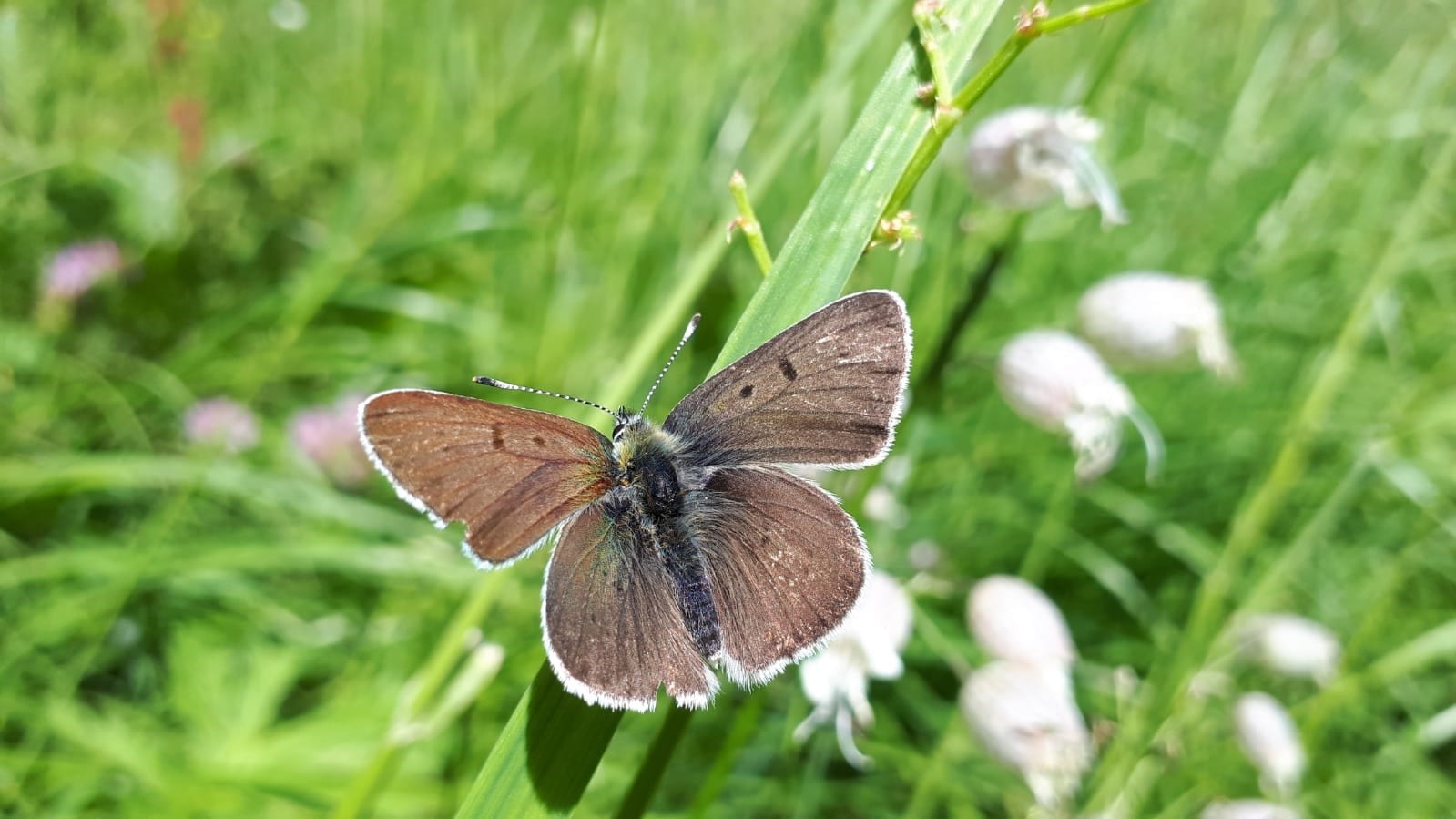
A long way to go for a small species
Words: Daronja Trense
Images: Daronja Trense & Klaus Fischer
One of the projects of my PhD is to investigate the genetic connectivity of the Copper butterfly (Lycaena tityrus) in the Ötzvalley of the European Alps. In summer 2018, we collected 186 butterflies to understand how the geological structure of the valley has influences the genetic constitution of L. tityrus.
PEARG provided me the opportunity to learn the relevant techniques in their laboratory. After discussing how long the lab work and learning would take, my supervisor and I planned that I should go for 10 weeks to Melbourne for this knowledge exchange under The University of Melbourne’s Study Abroad Research Students (SA-RES) program.
Map of Europe and the Ötzvalley (prepared with QGIS 2.18.25)
The first issue was to plan my stay in Australia getting a visa, booking flights, getting permission to bring samples with me and applying for the SA-RES program. Working with a well-organized group such as PEARG was a big advantage in managing all this efficiently from the other side of the world. With the help of PEARG’s business manager Nick Bell, I got the visa approved quickly and access to the buildings, IT systems and so on. Lab manager Nancy Endersby-Harshman helped me with the complex paperwork required for importing my samples as well as advice on how to prepare them to retain optimal sample quality and comply with Australian quarantine regulations.
The view from Vent into the Ötzvalley
We chose the method of double digest restriction-site association DNA sequencing (ddRADseq), a totally new technique to me. ddRADseq is based on next-generation sequencing, which sequences genome-wide enzyme loci to develop SNP markers. For this study, we used two restriction enzymes, NlaIII and MluCI. An important point for this project was to tag every sample individually and not to pool different individuals. Qiong Yang was an excellent mentor for preparing samples for sequencing. After a month, I completed the lab work and started with the bigger challenge for me, the bioinformatic analysis.
In the past, I watched a few people working with bioinformatics tools but never done it myself. Again, I had great help learning bioinformatics with Qiong Yang, Moshe Jasper and Tom Schmidt. But a lot of “problems” popped up every day or better to say every hour. Some are easy to solve but there are some other “problems” which were difficult for me to figure out alone. Sometimes I felt embarrassed how quickly some “problems” can be solved by other people (Tom Schmidt) with a quick look on my script. I knew that I couldn’t analyse my data completely within my time in Australia, so I chose only one library to work with. So in six weeks, I learned how to use new bioinformatic tools, and some analysis in the program R with a smaller data set.
Lycaena tityrus in its typical habitat with open and closed wings
After my ten weeks with PEARG I return to Germany with a good feeling in the hopes of analysing the whole dataset soon and hopefully useful results about the genetic structure of L. tityrus in the Ötzvalley of the European Alps.



